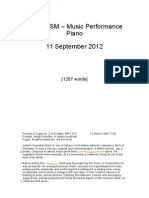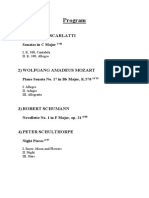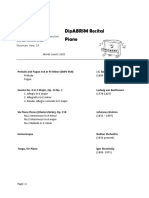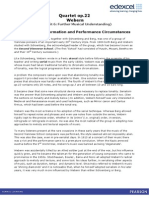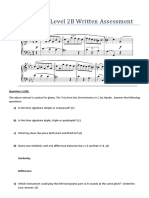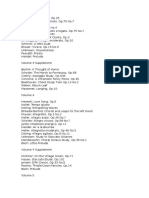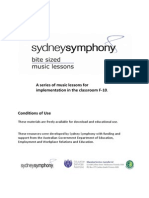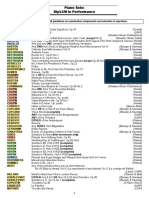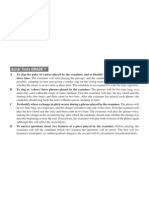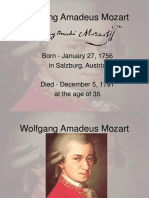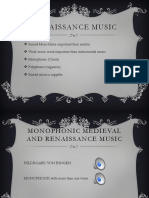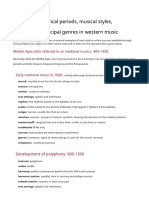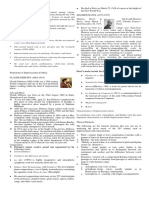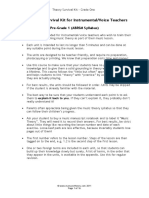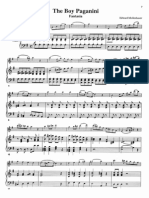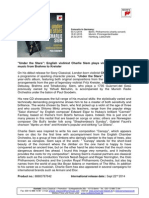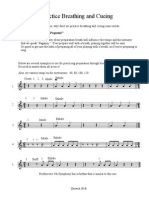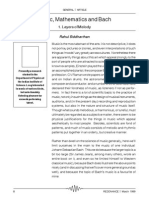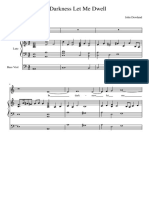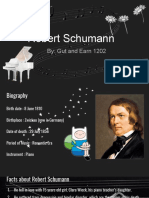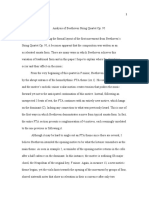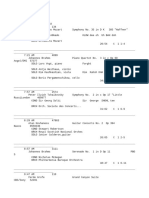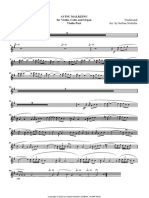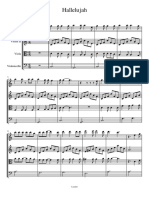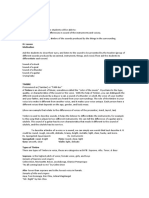0% found this document useful (0 votes)
445 views4 pagesPiano Performance Exam Notes
This document provides a programme for a piano performance examination, including three pieces:
1) Chopin's Nocturne Op. 62 No. 2, a meditative piece in ternary form with contrasting middle section.
2) Beethoven's Sonata in C minor "Pathetique" Op. 13, consisting of three dramatic movements exploring recurring themes.
3) Debussy's Passepied from Suite Bergamasque, a light, bouncy French court dance concluding the famous suite.
Uploaded by
dennnCopyright
© © All Rights Reserved
We take content rights seriously. If you suspect this is your content, claim it here.
Available Formats
Download as DOCX, PDF, TXT or read online on Scribd
0% found this document useful (0 votes)
445 views4 pagesPiano Performance Exam Notes
This document provides a programme for a piano performance examination, including three pieces:
1) Chopin's Nocturne Op. 62 No. 2, a meditative piece in ternary form with contrasting middle section.
2) Beethoven's Sonata in C minor "Pathetique" Op. 13, consisting of three dramatic movements exploring recurring themes.
3) Debussy's Passepied from Suite Bergamasque, a light, bouncy French court dance concluding the famous suite.
Uploaded by
dennnCopyright
© © All Rights Reserved
We take content rights seriously. If you suspect this is your content, claim it here.
Available Formats
Download as DOCX, PDF, TXT or read online on Scribd
/ 4
